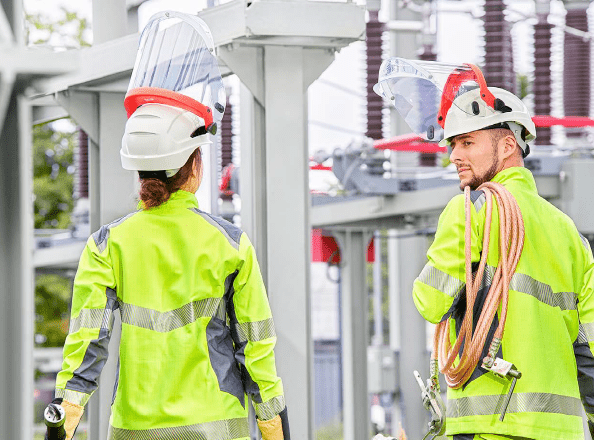An arc flash is a type of explosion resulting from the flow of current through the air between two points. This may occur when there is a defect in electrical appliances which can be very dangerous and even fatal. For these reasons, electrical equipment analysis must be done to ensure safety in areas where electrical systems are used. This aids in determining the risk levels and safety precautions required for the workers.
To understand and minimize arc flash risks, it is necessary to make assessments that reflect the standard IEEE 1584; a safe and efficient outline created by engineers to avoid mistakes. By adhering to these guidelines, facilities will be in a position to minimize the occurrence of arc flash and provide a safer workplace.
Arc Flash Basics and Beyond
To prepare for an arc flash, you must first know what an arc flash is as well as its origins. An arc flash is the release of a large amount of energy in a very short time period resulting in heat, light, and a blast. It is expressed in terms of calories per square centimeter.
According to the IEEE 1584 guidelines, there is a detailed procedure for estimating these energy levels. All these guidelines consider the electrical system arrangement, amount of fault current, and the distance of the arc to the worker. This information helps with the determination of the extent of protection required by workers.
How to Get Ready for an Arc Flash Analysis
If you are an engineer and want to start an arc flash analysis, you require pertinent information regarding the electrical system. This involves information on the electrical parts; their placements; and how these parts are wired. Data collection from drawings, schematics and equipment labels is inevitable. This step helps in increasing the reliability of the findings of the analysis.
How to Conduct an Arc Flash Analysis
a. Data Collection
Ensure that all information regarding the voltage levels, electrical configurations and protective devices are collected.
b. System Modeling
You can use software to develop a model of the electrical system. This model will help to mimic various fault conditions which can be used to estimate possible arc flash risks.
c. Calculation of Boundaries and Incident Energy
Determine the arc flash boundary and the incident energy levels. The arc flash boundary is a range that defines how far a person could be from an arc flash before getting a second-degree burn.
d. Selection of Protective Equipment
Using the energy levels that have been estimated, decide on the kind of Personal Protective Equipment (PPE) that the workers must wear. Such equipment may include gloves, face shields, flame resistant clothing, and so on.
Interpreting Analysis Results and Implementing Safety Measures
At the end of the process, you will generate a report that shows the arc flash boundaries and the necessary personal protective equipment. This report should be easily understandable and distributed to all employees who operate close to electrical systems. Encourage them to adopt all the recommendations and make sure that every worker understands the hazards and the need to wear the correct protection gear.
A periodical check of the electrical system analysis is also crucial—to ensure that safety measures align with any changes to the system or IEEE standards.
Keep an eye for more latest news & updates on Internal Insider!










